When planning a theatre night, choosing the right dining experience is crucial for an unforgettable evening. San Carlo, known for its prime locations near major theatres across the UK, offers the perfect blend of convenience, ambiance, and culinary excellence. Whether you’re attending a performance at the historic Old Vic in Bristol, enjoying a show in London’s vibrant West End, or catching a concert at Manchester’s new Co-op Live Arena, San Carlo is your ideal dining destination.
Prime Locations

One of the standout features of San Carlo is its strategic positioning near some of the UK’s most iconic theatres. The San Carlo restaurant in Bristol is conveniently located close to the Old Vic Theatre, making it an excellent choice for both pre-show dining and post-performance celebrations.
In London’s bustling West End, San Carlo is just a five-minute stroll from major theatres, allowing for a relaxed meal without the stress of travel. This proximity ensures you can enjoy a delightful dining experience before heading to a show.
For those in Manchester, San Carlo Fumo is situated near the lively theatre scene, only a short metro ride from the new Co-op Live Arena. Whether you’re attending a matinee or an evening performance, San Carlo’s convenient location makes it a top choice for theatre-goers.
Exquisite Culinary Experience
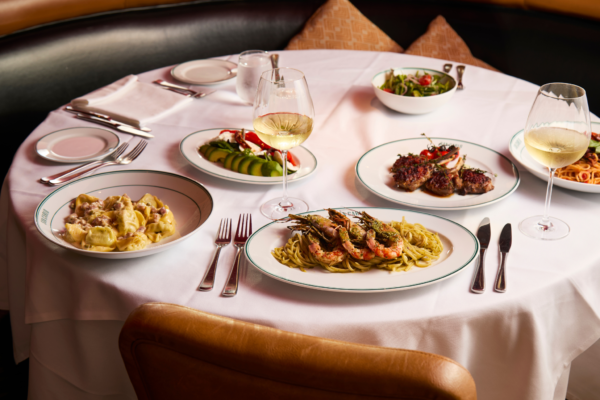
Renowned for its authentic Italian cuisine, San Carlo boasts a thoughtfully curated menu that caters to various tastes and dietary needs. From classic pasta dishes and risottos to fresh seafood and delectable meats, every dish is crafted from the finest ingredients.
Start your evening with an assortment of antipasti, perfect for sharing with friends or family. The pre-theatre menu is designed to be both satisfying and efficient, ensuring you have plenty of time to reach your show on schedule.
After the curtain falls, indulge in a selection of desserts or savor a late-night coffee. The inviting ambiance of San Carlo provides a wonderful space to unwind and reflect on the highlights of your theatre experience.
Every San Carlo location features unique decor that harmonizes modern elegance with classic Italian charm, enhancing your overall theatre outing. The attentive staff contribute to a memorable dining experience, ensuring each visit is enjoyable.
In summary, San Carlo offers the ultimate dining experience for theatre enthusiasts throughout the UK. With its prime locations, exquisite menu options, and inviting atmosphere, it’s no wonder that San Carlo is a favored choice for both pre and post-theatre meals. So, the next time you plan a theatre night, consider San Carlo for a seamless and delightful dining experience that enhances your evening of entertainment.
Perfect Italian Dessert Recipes: How to Make the Perfect Italian Tiramisu for Your Show-Stopping Christmas Dessert.
Christmas is a time for family, joy, and indulgence, and what better way to celebrate than with a decadent dessert that will leave your guests in awe? Mix things up a bit this year with a Tiramisu, an Italian classic, is the perfect choice for your festive table. With its layers of creamy mascarpone, rich coffee-soaked ladyfingers, and a hint of cocoa, this dessert is sure to impress. Follow along with our series of Italian recipes to create the perfect Italian tiramisu that will be the star of your Christmas feast.

Ingredients You’ll Need To make an authentic Italian tiramisu, gather the following ingredients:
- 6 large egg yolks
- 3/4 cup granulated sugar
- 2/3 cup milk
- 1 1/4 cups heavy cream
- 1/2 teaspoon vanilla extract
- 8 ounces mascarpone cheese
- 1 cup strong brewed coffee, cooled
- 2 tablespoons coffee liqueur (optional)
- 24 ladyfingers (savoiardi)
- 2 tablespoons unsweetened cocoa powder
- Dark chocolate shavings (optional for garnish)
Step-by-Step Instructions
1. Prepare the Custard Base
Begin by making the custard for your tiramisu.
- In a medium saucepan, whisk together the egg yolks and granulated sugar until well combined.
- Gradually whisk in the milk.
- Cook over medium heat, stirring constantly, until the mixture thickens enough to coat the back of a spoon. This should take about 8-10 minutes.
- Remove from heat and allow the custard to cool to room temperature.
2. Whip the Cream
While the custard cools, whip the heavy cream and vanilla extract:
- Using an electric mixer, beat the heavy cream and vanilla extract until stiff peaks form.
- Gently fold in the mascarpone cheese until smooth and well combined.
3. Combine the Coffee Mixture
In a shallow dish, combine the cooled coffee and coffee liqueur (if using). This will be used to soak the ladyfingers.
4. Assemble the Tiramisu
It’s time to layer your tiramisu:
- Quickly dip each ladyfinger into the coffee mixture, ensuring they are soaked but not too soggy.
- Arrange a layer of the soaked ladyfingers in the bottom of a 9×13-inch baking dish.
- Spread half of the mascarpone mixture over the ladyfingers, smoothing it out with a spatula.
- Repeat the process with a second layer of soaked ladyfingers and the remaining mascarpone mixture.
5. Finish with Cocoa Powder and Chill
- Dust the top layer with unsweetened cocoa powder using a fine sieve.
- Cover the dish with plastic wrap and refrigerate for at least 4 hours, or preferably overnight, to allow the flavors to meld.
6. Serve and Enjoy
Before serving, add a sprinkle of dark chocolate shavings for an extra touch of elegance. Serve chilled and watch your guests delight in this creamy masterpiece.
Tips for Success
- Use fresh, high-quality ingredients: The taste of mascarpone and coffee truly shines in this dessert, so opt for the best you can find.
- Soak the ladyfingers quickly: A brief dip in the coffee mixture will ensure they absorb just the right amount of flavor without becoming mushy.
- Chill thoroughly: Allowing the tiramisu to sit in the fridge for several hours enhances its texture and taste.
Embrace the spirit of the holidays with this irresistible Italian tiramisu, a dessert that promises to be the highlight of your Christmas celebration. Buon Natale!
As the festive season approaches, San Carlo is ready to delight cocktail enthusiasts with an enticing selection of new Christmas cocktails. Our expertly crafted drinks promise to spread the holiday cheer and elevate your celebrations. Here’s a closer look at our latest offerings:
The ‘More the Merrier’
Exclusively available at our Selfridges locations, The ‘More the Merrier’ is a delightful concoction that captures the essence of Christmas indulgence. This cocktail blends the rich and smooth Four Roses Bourbon with the bold bitterness of Campari, complemented by the tartness of red currants. It’s a festive treat that’s sure to warm your spirits.

Natale Speziato
Available at all San Carlo sites, Natale Speziato is a unique creation that combines the sweet and fruity notes of Midori with the aromatic complexity of Montenegro. The drink is beautifully garnished with a pineapple core midi striped and midi gel, adding a touch of elegance and a burst of tropical flavour to your holiday celebrations.
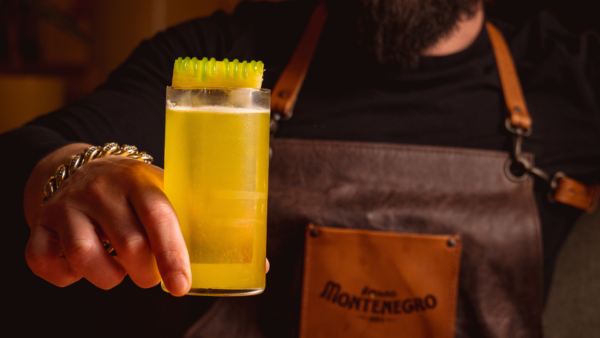
Zaffiro al Limone
For those who prefer a zesty twist, the Zaffiro al Limone is the perfect choice. This cocktail features the crisp and refreshing Bombay Sapphire gin, combined with the citrusy zest of Limoncello. Topped with a light and airy mango foam, it offers a vibrant and refreshing taste that is available at all San Carlo locations.
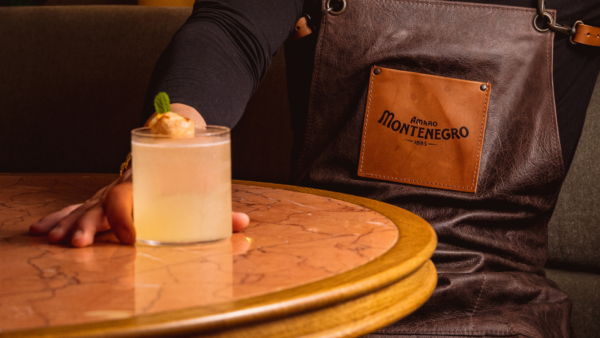
Il Carnivale
Finally, indulge in the exotic flavors of Il Carnivale. Made with Bacardi coconut, this cocktail delivers a creamy and rich experience that evokes the warmth of a tropical paradise. Its availability across all San Carlo restaurants ensures you can enjoy this luscious treat wherever you choose to celebrate.
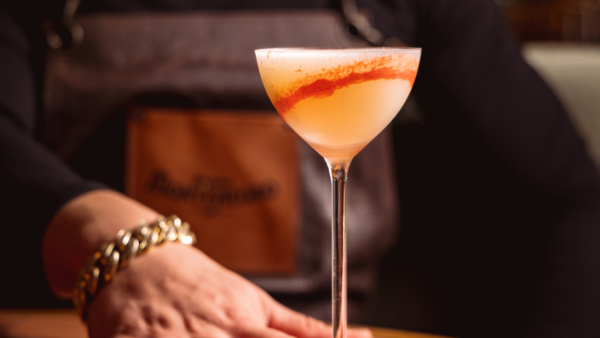
Celebrate this festive season with San Carlo’s new Christmas cocktails, each designed to bring a touch of magic to your holiday gatherings. Cheers to a joyful and delicious Christmas!
The new seasonal menus feature a variety new and exciting dishes, launching at the start of October. Utilising fresh seasonal produce, the menus offer a delicious mix of Pesci (fish), carne (meat) and dolci (sweet) dishes. Offerings will differ across San Carlo’s 25 UK locations, including London, Manchester, Leeds, Leicester, Birmingham, and Bristol.
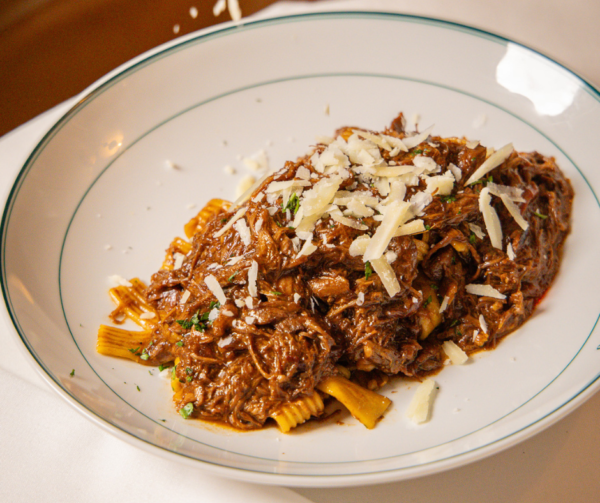
Cicchetti’s approach to food is simple. Originating from Venice, the Cicchetti experience celebrates one of the most enjoyable aspects of Venetian life – eating. Diners are encouraged to create their own meal from the Cicchetti menu by ordering multiple plates to share, or eat alone.
New to the starter menus at Cicchetti London and Cicchetti North this winter are the Insalata Con Zucca (a butternut squash, beetroot and watercress salad), the Sourdough and Beef Stew (florentine slow-cooked beef on toasted sourdough), and the Tomino and Truffle Cream (crispy fried tomato cheese from Piedmont with truffle sauce).
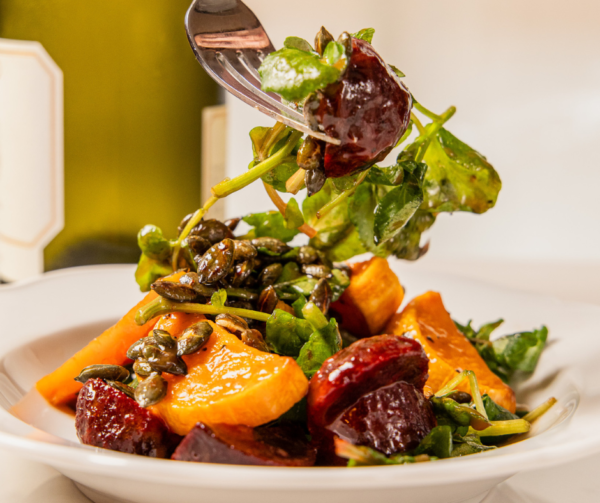
San Carlo is renowned for our wide selection of authentic Italian pasta dishes, and the new pasta additions to the winter menu this year are no expectation.
Across Cicchetti restaurants, new pasta highlights include the Mafaldine Beef Cheek (consisting of short wavy pasta with slow-cooked beef ragu), the Pappardelle Duck (long ribbon egg pasta with slow-cooked duck ragu), the Ravioli Porcini (handmade mushroom ravioli with creamy porcini sauce), and the Risotto Zucca (risotto with pumpkin, squash, burrata, vegetarian ‘nduja, and fresh winter truffle).
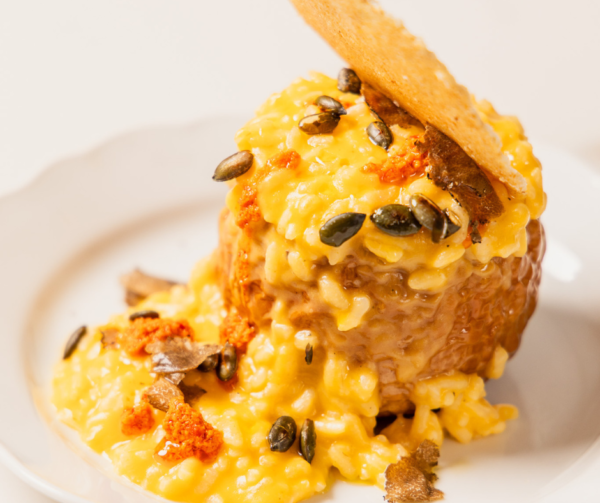
The meat selections include the Agnello al Barolo (lamb cutlets prepared with Barolo red wine, rosemary, and sun-blushed tomatoes) and the Pollo Principessa (pan-fried chicken breast with white wine, mushrooms, cream, and green asparagus). Additionally, we’re excited to introduce the new Pollo Valdostana (breaded chicken breast topped with cheese, ham, and tomato) to our offerings.
For those who prefer seafood, we have also added a delightful new fish dish to our winter menu: the Lemon Sole with Capers and Brown Shrimps.
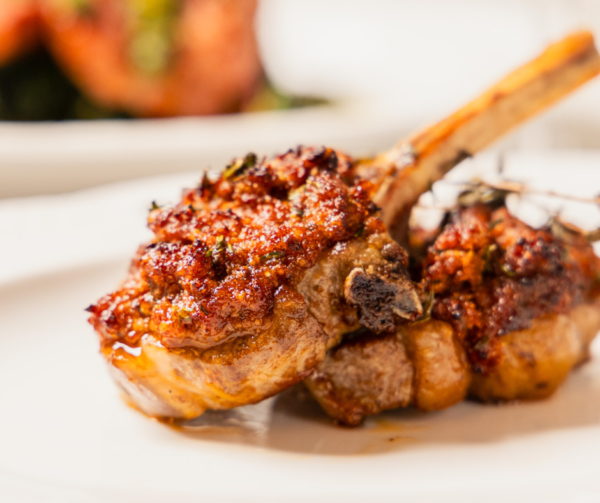
To round off the San Carlo winter menu experience, there are two new dolci dishes for dessert that have been added to the winter menus. The Frangipane Peach (a peach and almond cake) and the Torta Caprese (an almond and chocolate cake) will both feature on the menus at the Cicchetti London and North restaurants, as well as the Isola, Fumo Manchester, and Regent Street London restaurants.
Lacoste is paying tribute to the enduring grace, vitality, and vigor of tennis, a fundamental part of the brand’s DNA, to kick off a summer celebration of sports at Selfridges. Drawing inspiration from the texture and visual elements of grass courts, Lacoste reimagines the conventional tennis scenery into a visually engaging and spirited experience, focusing on the essence of motion.
At the heart of the campaign lies the captivating transformation of our very own rooftop restaurant, Alto, now known as Le Club Lacoste for the summer. Drawing inspiration from the rich tennis heritage synonymous with the French fashion sport brand, the lines of the tennis court are creatively intertwined to form a visual and textural representation that exudes sophistication and modernity, all while honoring the sport’s influence.

Teaming up with Alto, Lacoste introduces a tennis-inspired menu showcasing special Lacoste cocktails such as the Rene, Cucumber Deuce, and Match Point Spritz, along with some impressive menu food offerings.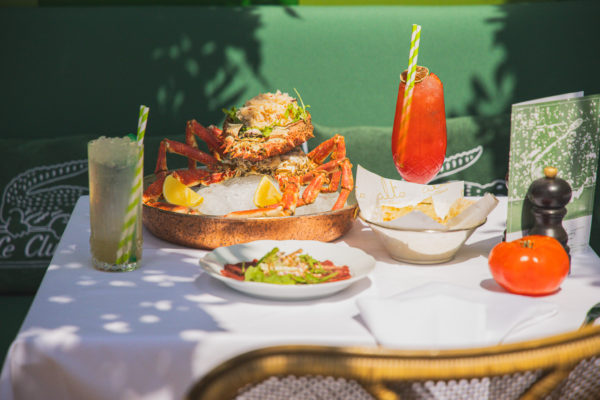
Beyond the rooftop restaurant, Lacoste has extended its presence to the rooftop terrace, where live tennis matches are to be showcased on digital screens, through out Wimbledon. The venue also houses a Lacoste archive, displaying images from René Lacoste’s remarkable tennis career and the original Lacoste polo shirt.

Come and join us at Alto and experience this unique takeover until July 21st.
Flying Pizza in Roundhay, Leeds has established itself as an iconic institution, attracting a diverse range of visitors over the years. It stands out as one of the most prestigious restaurants in the region. This year commemorates the 50th anniversary since first opening its doors in 1974, as Adriano’s Flying Pizza.

Adriano and Carlo have maintained a strong friendship throughout the years. Their bond developed years ago when Carlo would bring his children, Marcelo (our current CEO), and Sacha Distefano (our current COO), to Flying Pizza every Sunday when they were kids.
Marcello recalls being fascinated by the supercars parked outside when he was a child, commenting that ‘It felt like a showroom at the front of the restaurant.’ He envisions Flying Pizza thriving for another 50 years, even if he is no longer around, wishing for someone else to preserve the restaurant and its legacy.

Today, Flying Pizza is managed by our very own Daniele Atzori, who is loved amongst our loyal customers and serves as one of our exceptional General Managers. With experience in launching new locations, Daniele shared, “I have led numerous site openings for various companies and my own personal venture from 2004 to 2009 in Wylde Green, located north of Birmingham.”
We asked him about the future goals for Flying Pizza over the next year. His response was simple, “Our objective is to become the top Italian restaurant in the region, and truth be told, we are well on our way to achieving just that.”
The San Carlo group love being apart of a piece of Roundhay history and look forward to the next 50 years.
Apparently, it’s summer (any weather updates, anyone?) which officially marks the start of cocktail season! We have crafted an exclusive summer cocktail menu in-house, curated by our Bar Development Manager, Francesco Putignano, to cover all your summer needs, whether it’s sunny or rainy, weekends or weekdays, we have the perfect choice.
Kicking off the must-try cocktails is the fruity and tropical Moonlight, featuring Bacardí Spiced Rum, Mouse Kingdom Blue Curaçau, Blackberry, Pineapple, Lime, and Passionfruit. It’s the perfect refreshing companion for any summer afternoon.

For something with a twist, try the Mount ‘n’ Stormy, a spicy mix of Ron Zacapa 23, Amaro Montenegro, Ginger Beer, Lime, and a Parmesan Crisp garnish. This surprisingly tropical and delightfully bubbly cocktail is a unique choice.
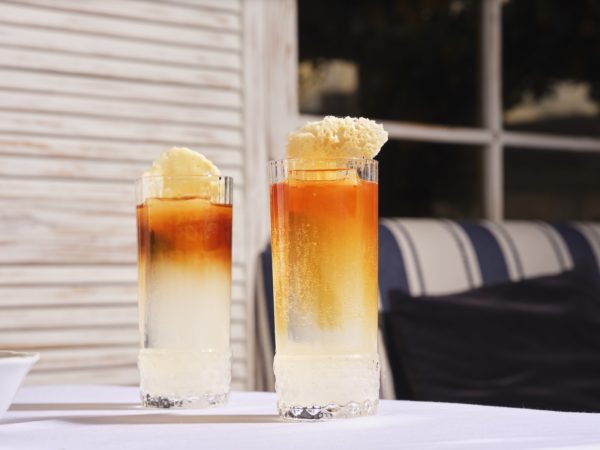
If you lean towards fruity flavours, we recommend the Relief, blending Grey Goose Essences Watermelon & Basil, Rhubarb, Lemon, Soda and Tarragon. This refreshing long cocktail is an ideal choice for an after-dinner drink.

Stop by any of our San Carlo restaurants to discover so many more delightful choices and let us know which is your favourite!
Delicious food and delectable wines are ingrained into Italian culture, with Italy being the biggest producer of wine globally. Grapes are grown in nearly every part of Italy, so it’s understandable that Italian wine pairs perfectly with Italian food. Read our blog post below to find out which wine pairs with our dishes.
HOW TO PAIR
When choosing a wine to go with your dish, it’s important to have a basic understanding of flavour profiles and to match them accordingly. Bitterness, sweetness, acidity, salt and fat all balance together in order to make the perfect combination, and complimenting flavours should always be at the forefront of our mind when matching wines and dishes.
APERTIFS
Sparkling white wines, such as Proseccos and Champagnes, are perfect served as an aperitif before a meal. This is because it keeps things light and refreshing, and gives you the opportunity to take things slow until your meal arrives. They also pair well with salty starters, such as arancini as the sweetness contrasts the saltiness.
PASTA DISHES
When ordering wine to go with pasta dishes, you should consider what kind of sauce your pasta dish will have and match your wine accordingly.
White Sauce
Pasta with white sauces, such as a Carbonara, will require a wine that both matches and cuts through the creaminess of the egg and cheese sauce. In order to do this, you want a dry wine that has citrus notes – which makes a Pinot Grigio the perfect choice.
Meat Sauce
Italian meat sauces, such as bologneses and ragus, tend to be rich and comforting. They contain lots of deep flavours and so need to be paired with a wine that can complement this. The acidity within a red wine , such as a classic Chianti, will make you feel refreshed after such a fulfilling dish. If you prefer white wines, a Verdicchio will also work well due to the full-bodied flavour.
Red Sauce
Italian tomato sauces can vary in depth on flavour, depending on the dish they’re being made for. Lighter versions of the sauce match well with crisp Italian whites, like a Vermentino, a Verdicchio or a Pinot Grigio. Once you start to add more flavours to the sauce, then softer red wines tend to match better such as a Barbera D’Asti.
RISOTTO DISHES
Pairing wines with risotto dishes is similar to pairing them with pasta dishes, as there is no one wine that goes with everything. Instead, you have to match the notes in the wine to the flavours within the dish itself.
Risotto dishes made with seafood or vegetables pairs perfectly with a full-bodied white wine such as a Gavi. However, meat or mushroom risottos can have a fuller flavour and therefore need a fuller wine, hence why red wines work better. A Barbera is light enough in taste to not overpower the dish, yet has enough acidity to bring out the richness of the meat.

PIZZA DISHES
Pizza dishes just call out for an Italian red wine to cut through the tomatoey base and the mozzarella cheese. A light wine such as a Valpolicella or even a well-balanced Chianti will work well with pizza and bring out the flavours that could so easily be missed.

MEAT DISHES
Rich, red meat dishes such as a steak need a bold wine to go with them. Consider something like a Cabernet, which is full of tannin. This assertive flavour will stand up to the richness of the meat, without overpowering it completely.
However, leaner meats will call for a softer wine like a Valpolicella, which tends to have fruiter notes.
If you’re unsure what wine to pair with your meal, our expert waiters can offer you suggestions. Why not check out San Carlo’s menu and then book a table and eat delicious Italian food cooked by experienced Italian chefs.
Whether you’re out at a restaurant, hosting a dinner party or just want a hearty meal for yourself, Italian cuisine always goes down well. Although Italian food can be high in calories, it is actually healthier than you may expect with good fats, such as those found in olive oil, an abundance of fresh vegetables and proteins make up much loved dishes.
Read on to discover what healthy Italian food you can make at home.
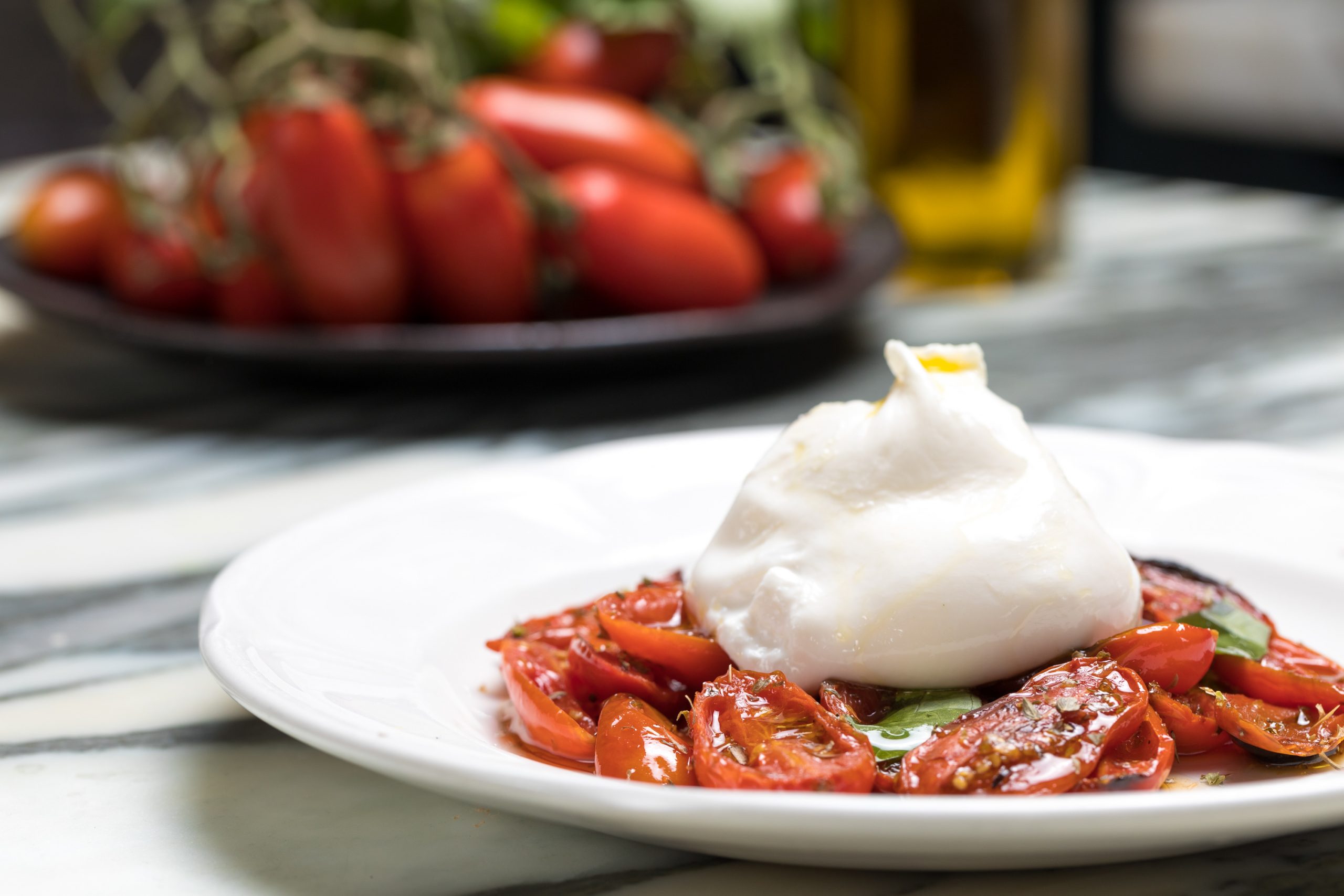
BRUSCHETTA
The famous appetizer bruschetta is simple, but delicious. It contains some of the best flavours Italian cuisine, consisting of lightly toasted slices of bread topped with fresh tomato, garlic and oregano making it a low-calorie dish that’s a great at-home snack!
CAPRESE SALAD
Caprese salad represents the colours of the Italian flag, and is made up of fresh mozzarella, sliced tomato and basil and finished with a drizzle of olive oil or balsamic vinegar. Fresh mozzarella is low in calories and fat compared to other types of cheeses and is full of protein and minerals, so all the more reason to enjoy this dish.
MINESTRONE
Minestrone soup is a dish that is packed full of seasonal vegetables, moistened by a light broth and bulked out by beans, rice or pasta. The recipe calls for any vegetables that you feel like putting in, along with basic cupboard ingredients such as spices, pasta and vegetable stock. It’s high in fibre and can be made vegan or gluten free should your diet require it, meaning that anyone can enjoy it.
ITALIAN-STYLE STUFFED PEPPERS
A healthier alternative to stuffed pasta shells, this low-carb alternative can be stuffed with rice, tomatoes, meats and cheeses of your choosing. Italian style stuffed peppers can fulfill the same craving for stuffed pasta shells, but with far less calories and without compromising on taste!
RISOTTA ALLA MILANESE
Risotto Alla Milanese, or risotto with saffron and parmesan is the pride of Milan! Surprisingly simple to make at home, it consists of risotto rice, a pinch of saffron and a splash of white wine. The creaminess of risotto comes from the starch of Arborio rice and the flavour comes from the stock it’s cooked in – perfectly healthy!
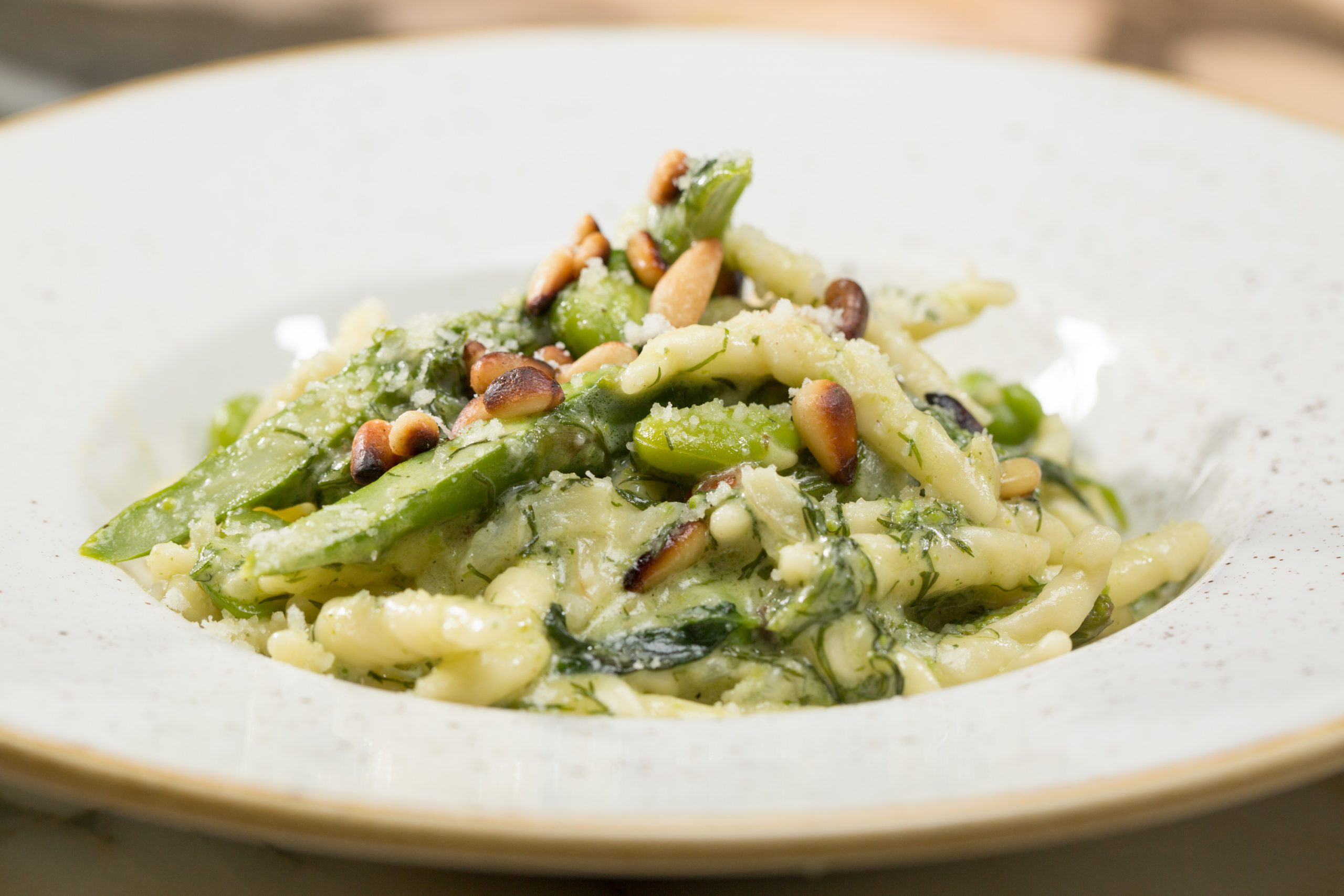
PASTA PRIMAVERA
A pasta dish that’s full of lemon, garlic and bright vegetables is bound to be good for you. This dish is easy to make, as all you’ll need is dried pasta and any vegetables that you have in your fridge – the more the better! It can be enjoyed for either lunch or dinner too, as it’s low in fat and extremely filling.
If you’re intrigued by any of the specialty dishes mentioned here why not check out San Carlo’s menu, and then book a table and eat delicious Italian food cooked by experienced Italian chefs.
Join My San Carlo Newsletter
Want more from San Carlo? To thank you and show our appreciation for your loyalty, San Carlo Group Restaurants has launched My San Carlo. Benefits include being the first to hear about special events and new dishes, as well as access to news, recipes, competitions and the low down on how to order secret menu items! What are you waiting for? Get started and Join the My San Carlo newsletter today..




